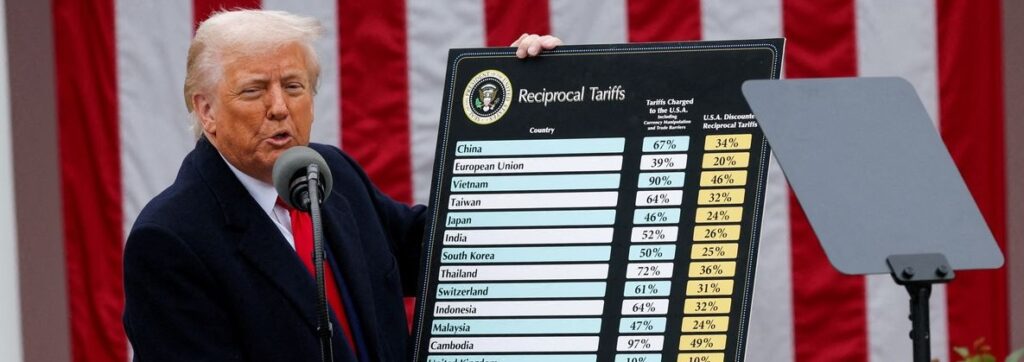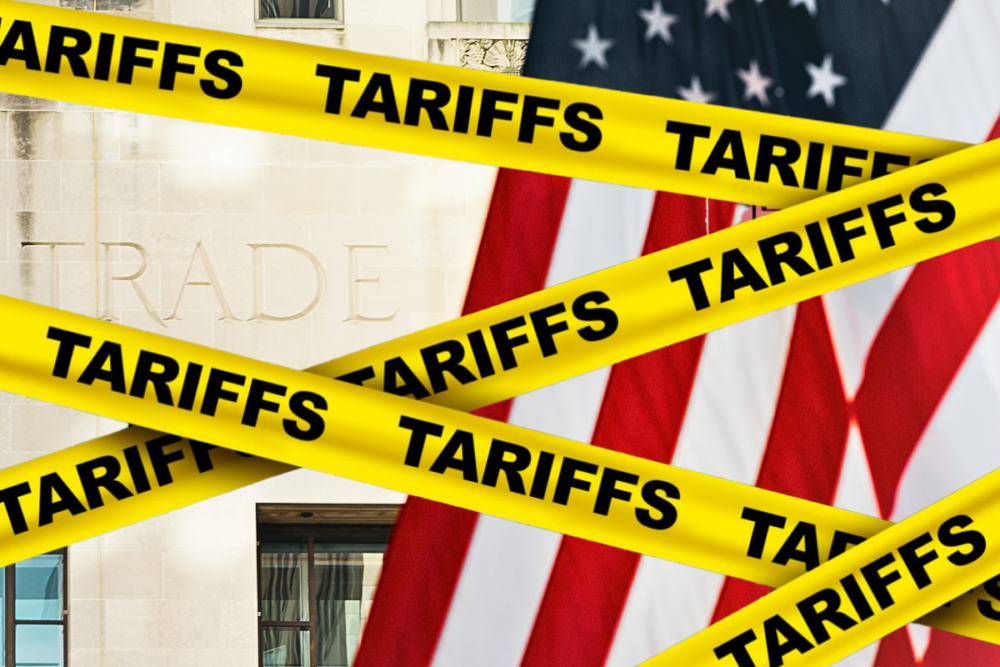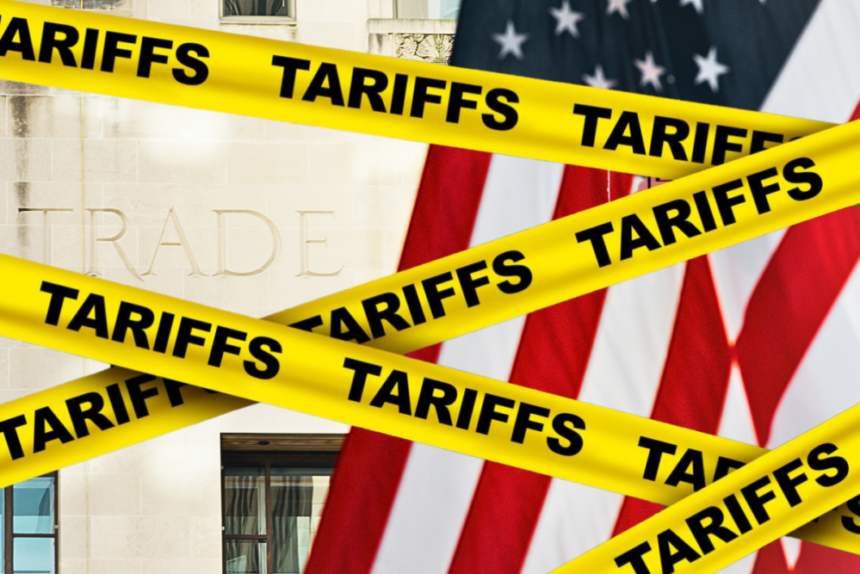The global economic landscape has been significantly impacted by various policy shifts in recent years, and few have sparked as much debate and transformation as President Donald Trump’s tariffs. Introduced with the stated aim of protecting domestic industries, rebalancing trade deficits, and compelling other nations to fairer trade practices, these measures have created ripples across international supply chains, consumer markets, and geopolitical relationships. For CEOs navigating complex global operations, understanding the rationale, impact, and ongoing implications of these tariffs is crucial.

The Rationale Behind the Tariffs
President Trump’s administration based its tariff policy on several key principles. Foremost among them was the desire to address perceived unfair trade practices by countries like China, including intellectual property theft, forced technology transfers, and state-subsidized industries. The tariffs were also intended to reduce the US trade deficit, particularly with China, which was seen as a drain on American manufacturing and jobs.
Furthermore, the tariffs were framed as a tool to protect specific domestic industries such as steel, aluminum, and certain agricultural sectors from what the administration deemed as injurious foreign competition. The Section 232 tariffs on steel and aluminum, for instance, were justified on national security grounds, while Section 301 tariffs on Chinese goods targeted a broader range of products. The ultimate goal was to incentivize foreign companies to produce goods in the US or to make concessions in trade negotiations.
Economic Impacts and Global Repercussions
The implementation of these tariffs led to a complex web of economic consequences. Domestically, while some targeted industries might have seen a temporary boost in demand due to higher prices on imported goods, the overall impact on the US economy was mixed. Increased costs for American businesses that rely on imported raw materials or components were a significant concern. Many companies faced higher input costs, which were often passed on to consumers through higher prices, potentially contributing to inflation. Furthermore, retaliatory tariffs imposed by affected countries, particularly China, on US exports (like agricultural products) hit American farmers and manufacturers hard, creating significant economic disruption in key sectors.

lobally, the tariffs fueled trade wars and increased uncertainty. They disrupted established supply chains, prompting some companies to re-evaluate their manufacturing locations and sourcing strategies. This led to a degree of supply chain diversification away from China for some businesses, seeking to mitigate tariff risks. However, this re-shoring or “friend-shoring” process is often slow and costly. The tariffs also strained diplomatic relations with key trade partners, leading to increased global trade tensions and a potential slowdown in global economic growth. The International Monetary Fund (IMF) and other organizations frequently warned about the negative impact of trade protectionism on global economic stability
Navigating the Evolving Trade Environment
Even after shifts in political administrations, the legacy of President Trump’s tariffs continues to influence global trade policy. While some tariffs might have been adjusted or temporarily suspended, the underlying principle of using tariffs as a tool for economic leverage remains part of the policy toolkit for many nations. Businesses today must continue to factor in the potential for trade barriers and geopolitical considerations when making investment and supply chain decisions.
For CEOs, the key takeaway is the necessity of resilience and adaptability in supply chain management. Diversifying sourcing, exploring alternative production locations, and understanding the geopolitical landscape are more critical than ever. The era of predictable, open global trade has been challenged, and navigating a more fragmented and protectionist environment requires continuous monitoring of policy shifts, robust risk assessment, and a willingness to adapt business models to new realities. The effects of these tariffs underscore a fundamental shift in the approach to international commerce, one that continues to shape economic strategy worldwide.







